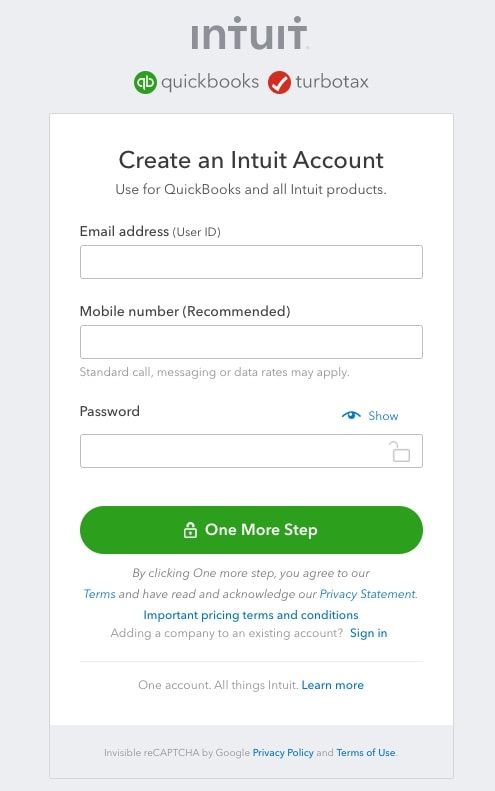Turn on suggestions
Auto-suggest helps you quickly narrow down your search results by suggesting possible matches as you type.
Showing results for
We use Quickbooks Simple Start online and saving products as non stock items as stock tracking is not required.
We recently updated some of our prices as cost prices had increased. We now want to update the selling prices as we enter the updated price when creating a sales receipt. Is this even possible or do we manually have to enter the prices individually through the Products page as others have complained about in other forums.
Is it also correct that we cannot download a copy of the products, and the data to a spreadsheet, update the prices and then upload it back without creating a duplicate product. If so it seems a bit silly that we are stuck to manually adjusting prices.
Hello SteveLane,
Welcome to the Community page,
If you go into the product and service section and update/edit the information in there, it should change going forward for you so the correct prices shows up and you dont need to then manually change it going forward.
I get that, but its a long winded way to update many hundred prices. Is that the only way of doing it? In this day and age there must be a better way for a paid for product.
It would make more sense to update the prices when entering the product into a sales receipt as we already have to enter the new price. Save lots of clicks, and save lots of time. Should be simpler to do as well with just a small bit of code to update the database whilst saving the sales receipt.
It was such a simple thing to do I was hoping to have missed a setting somewhere.
No reply from the quickbooks team. Shame as apart from this and a few other areas
Others have complained about this very feature and still nothing is done to correct what is obviously something that users want to see updated.
Hi Steve What you could do is navigate to the product and service section > select the filter icon > select non-stock in the Type field > apply > use the export icon, which is located between the print and settings icon above the word action > enable editing on the excel > we recommend that in the type column you change from Non-stock to Noninventory (as we have spelt it, this saves time on import) > enter all the new sales prices and save > select the main cog/gear icon > import data > Product and services > Browse > select the file you saved above > open > next > make sure your fields are mapped correctly > Next > select the Overwrite all values for each product and service...> if you didn't change the type to Noninventory in the excel you'll have to amend the type to Noninventory here individually, this may take some time if you have a lot of items > import
Thanks for the help.
Such a lot of work to do a simple thing like update prices. If my accountant asked for a total stock holding figure at the end of my financial year, the Quickbooks download would always be wrong as it uses out of date prices. It would be so much easier to to save the prices when updating the prices when creating either a new invoice or a sales receipt. The whole idea of doing it electronically is to save a business time. With over 3000 products to check, and with prices constantly being changed every month due to exchange rates, there is a lot of time wasted trying to keep on package updated.
Had a quick go at trying the instructions supplied above but there seems to be a limit on only being able to upload 1000 lines.
Other users have also mentioned this as a problem and in January 2020 there was a reply that it is being looked into, has anything actually been done to make this simple job really easy. When entering a product into a receipt or invoice the database has to be accessed to find the prices. Would it not be easy to just save the update information when saving the sales receipt or invoice. A few minutes coding. if you want help with the coding let me know.

You have clicked a link to a site outside of the QuickBooks or ProFile Communities. By clicking "Continue", you will leave the community and be taken to that site instead.
